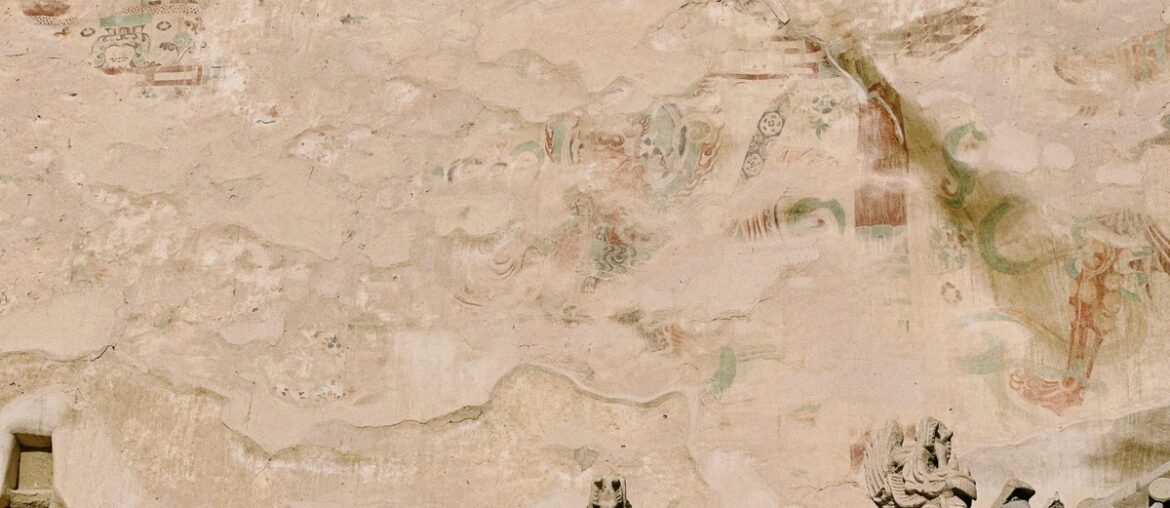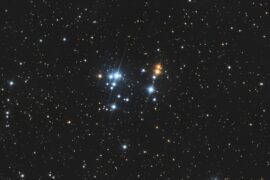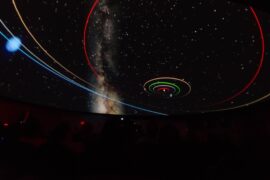On clear nights across the Yucatán and other Maya regions, the stars were part of daily life—timing ceremonies, tracking seasons, and anchoring stories handed down in glyphs and murals. Observing those patterns helps us read how the Maya connected sky and society.
There are 14 Mayan Constellations, ranging from Bat to Xoc Monster. For each, the data are organized as Maya name/glyph,Probable modern star(s),Meaning (max 15 words), which you’ll find below.
How do scholars match Maya star groups to modern stars?
Researchers combine Maya codices, inscriptions, iconography, and archaeological alignments with modern astronomy to propose identifications; many matches are probabilistic, relying on relative positions, brightness, and cultural context rather than one-to-one certainty.
Can I use this list to spot these constellations myself?
Yes, but treat it as a guide: seasonal visibility, horizon landmarks, and some ambiguous asterisms mean you’ll need star charts, patience, and an understanding that several identifications remain interpretive.
Mayan Constellations
| Name | Maya name/glyph | Probable modern star(s) | Meaning (max 15 words) |
|---|---|---|---|
| Turtle | Ac | Gemini (Castor and Pollux) | Symbol of the earth, creation, and the Maize God’s rebirth. |
| Rattlesnake | Tz’ab | Pleiades (M45) | A crucial seasonal marker for rain and agriculture. |
| Three Hearth Stones | Óox Tunk’u | Orion’s Belt (Alnitak, Alnilam, Mintaka), Rigel, and Saiph | The cosmic hearth at the center of creation. |
| Scorpion | Sinaan | Scorpius | Associated with darkness, hunting, death, and underworld deities. |
| Peccary | K’in | Gemini | A chaotic figure, possibly a dark-cloud constellation, signifying seasonal change. |
| Bat | Zotz’ | Libra or Pisces | Represents the underworld, darkness, sacrifice, and the night. |
| Celestial Serpent | Kaan | The Ecliptic | The pathway of the gods; the celestial road for sun, moon, and planets. |
| Muan Bird | Muan | Pleiades or Hyades | An omen bird associated with clouds, rain, and the underworld. |
| Fish | Kay | Pisces | A symbol of the watery underworld and primordial creation. |
| Xoc Monster | Xoc | Cetus or Aquarius | A mythical shark or sea monster from the primordial ocean. |
| Death | Kimi | Aries or Cetus | Represents death, endings, transformation, and skeletal deities. |
| North Star | Xaman Ek’ | Polaris (Alpha Ursae Minoris) | The celestial pivot; the guide star for travelers and merchants. |
| Jaguar | B’alam | Ursa Major or part of Aquarius/Pegasus | Symbol of divine power, night, the sun’s journey through the underworld. |
| Scarlet Macaw | Mo’ | Head of Scorpius | Represents the sun, fire, and the power of the zenith sun. |
Images and Descriptions
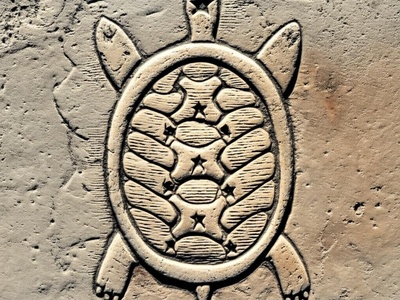
Turtle
Depicted in Maya codices with three stars on its back, the turtle represents the cracked earth from which the Maize God was reborn. Its appearance marked key agricultural and ritual moments, and it is most frequently associated with the constellation Gemini (Aveni 2001).
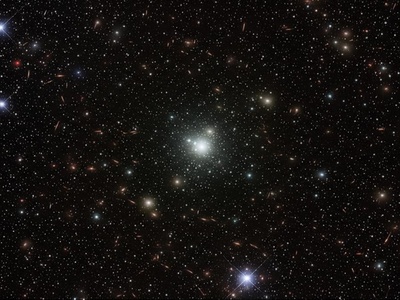
Rattlesnake
This star cluster’s name means “rattles” and is firmly identified as the Pleiades. Its heliacal rising in May signaled the start of the rainy season and the time for planting maize, as recorded in the Dresden Codex and agricultural almanacs.
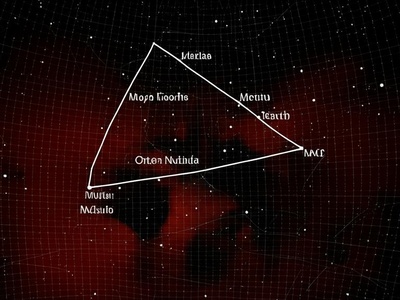
Three Hearth Stones
This triangular asterism in Orion represents the Maya hearth, the center of both home and cosmos. The Orion Nebula (M42) within the triangle was seen as the cosmic fire of creation, K’ak’, a pivotal location in Maya creation mythology (Freidel, Schele, Parker 1993).
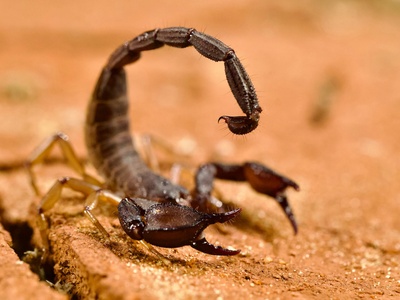
Scorpion
One of the most certain identifications, the shape of Scorpius is clearly depicted in the Paris Codex zodiac pages. Its appearance was tied to hunting seasons and rituals involving powerful underworld gods, making it a potent symbol of darkness and transformation.
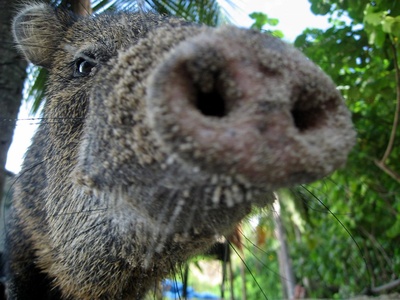
Peccary
Often depicted in opposition to the Turtle, the Peccary is another constellation sometimes identified with Gemini. Its movement and disappearance from the sky were important markers for seasonal transitions and agricultural planning, as noted in the Book of Chilam Balam (Milbrath 1999).

Bat
A key figure in the Paris Codex zodiac, the Bat constellation symbolized the underworld (Xibalba) and sacrificial rites. While its importance is clear, its precise stellar location is debated by scholars, with Libra being a possible candidate due to its position in the zodiac sequence.
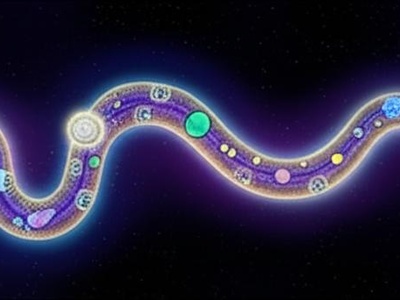
Celestial Serpent
Not a single constellation, but the entire Ecliptic path, represented as a great two-headed serpent. This “sky band” is a foundational element in Maya cosmology and art, marking the sacred road travelled by the most important celestial bodies and deities.
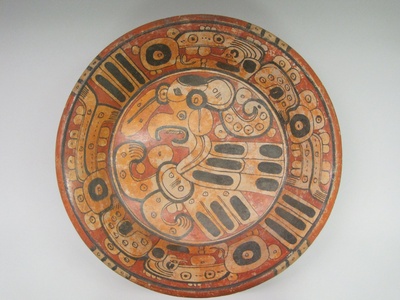
Muan Bird
The Muan bird, a mythical owl, is a prominent figure in the Dresden Codex, often associated with rain and omens. Astronomically, it is sometimes linked with the Pleiades or Hyades star clusters, whose appearance heralded the rainy season and stormy weather (Milbrath 1999).
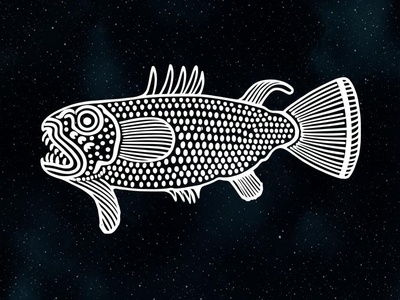
Fish
Appearing in the Paris Codex zodiac, this constellation is likely the Maya equivalent of Pisces. It represents a celestial fish or sea monster swimming in the cosmic ocean, a concept central to Maya myths about the world’s creation from a primordial sea.
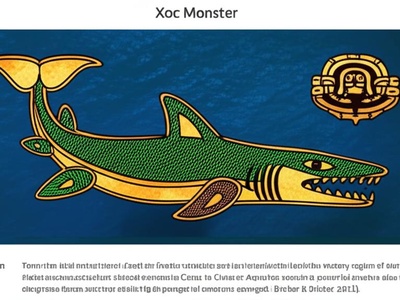
Xoc Monster
This shark-like creature is part of the Paris Codex zodiac and inhabits the watery region of the Maya sky. Scholars suggest it corresponds to Cetus or Aquarius, representing the powerful, creative, and dangerous forces of the primordial sea from which life emerged (Bricker & Bricker 2011).

Death
A skeletal death figure in the Paris Codex zodiac marks a constellation associated with endings and ancestral rites. Its exact stellar identity is uncertain, but its placement suggests a correspondence with Aries, marking a period for rituals concerning death and the cycle of life.
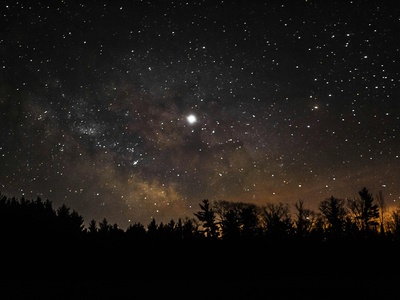
North Star
Known as the “North Star,” *Xaman Ek’* was the pivot around which the night sky appeared to turn. Though its position shifts due to precession, it was a vital navigational aid and a symbol of stability, often associated with the merchant god.

Jaguar
The jaguar represents the night sun and royal power. While central to celestial mythology, a specific jaguar constellation is not definitively identified. Some scholars propose it could be a dark-rift constellation or asterisms like the Big Dipper, but evidence remains debated (Milbrath 1999).
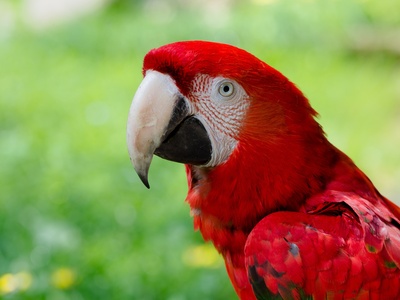
Scarlet Macaw
In mythology, the Scarlet Macaw, or Seven Macaw, impersonated the sun. As a celestial body, it symbolizes solar fire and power. Its identification as a constellation is debated, but some scholars link it to the bright stars in the head of Scorpius (Freidel, Schele, Parker 1993).
Enjoyed this article?
Get daily 10-minute PDFs about astronomy to read before bed!
Sign up for our upcoming micro-learning service where you will learn something new about space and beyond every day while winding down.

